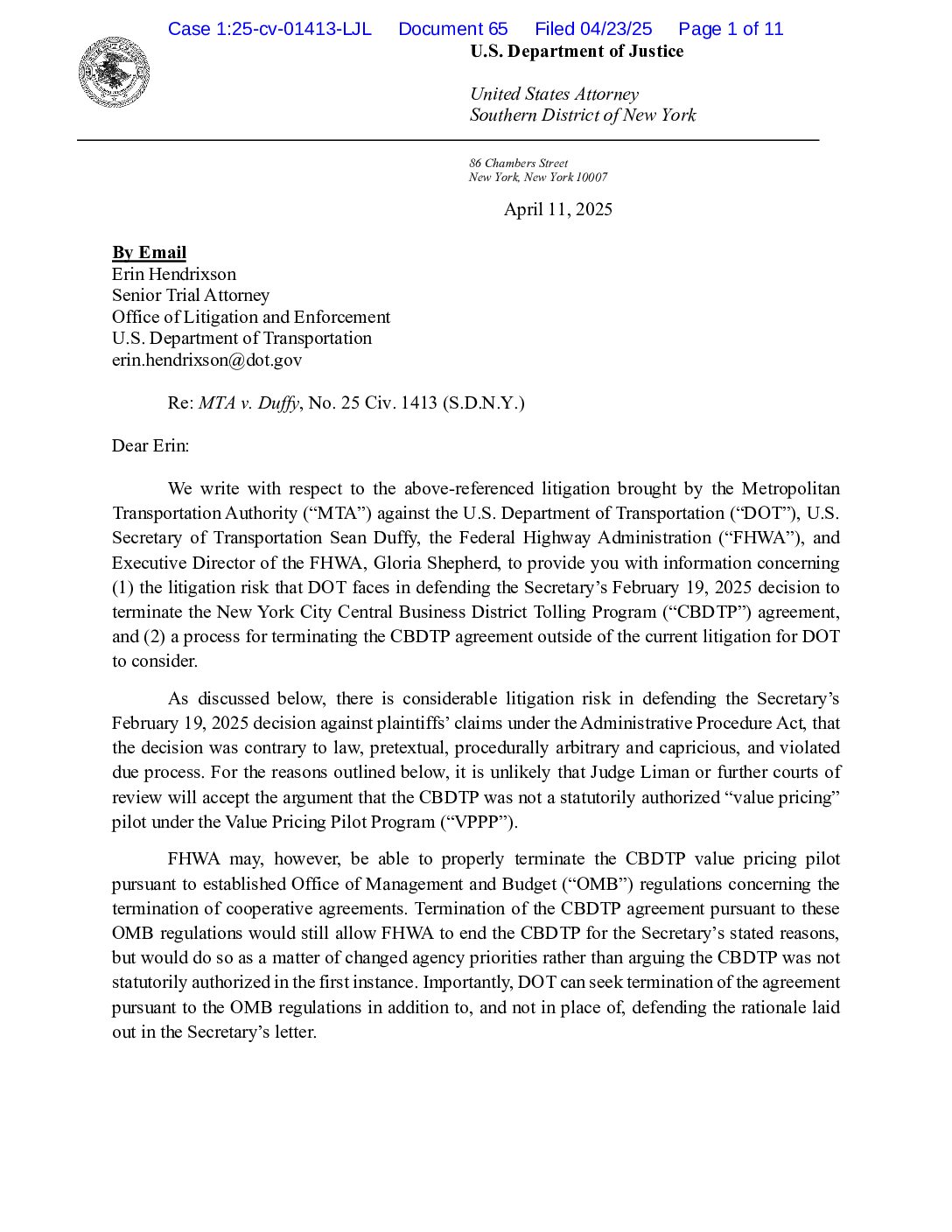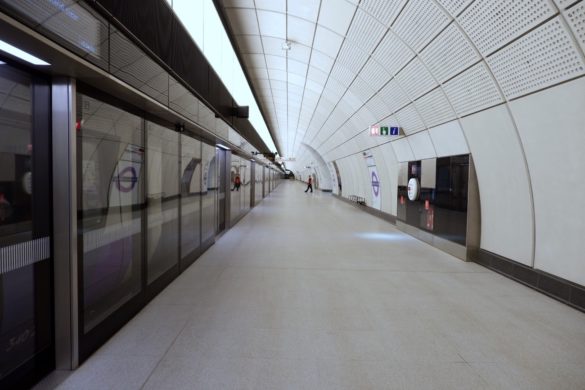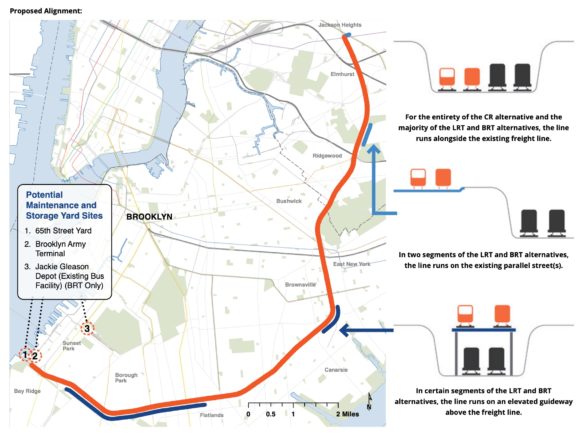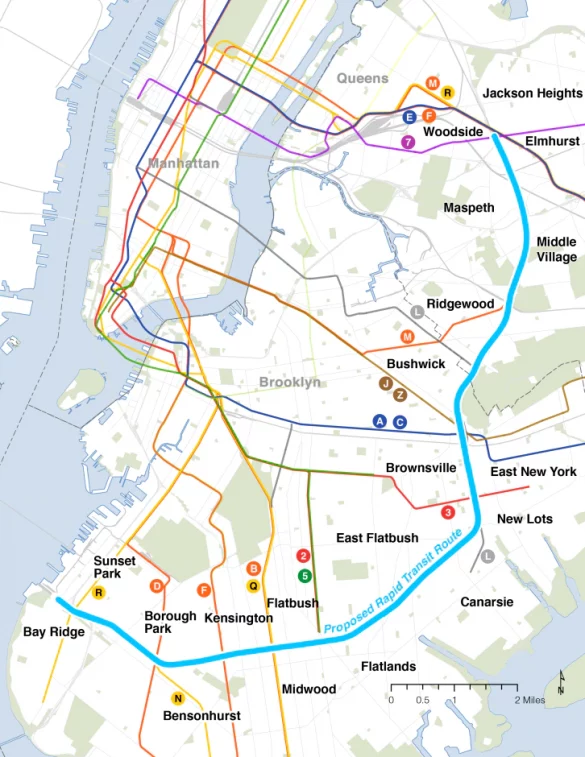Here’s an intriguing announcement that came out of today’s MTA Board committee meetings: Transit is restoring bus service through the MetroTech complex in Downtown Brooklyn for the first time since Sept. 11, 2001. The agency press release notes that “due to security measures adopted by the New York City Police Department following 9/11,” Transit had to reroute the B54 around the MetroTech Center, but now that the tenant that “required these security measures” is vacating the area, the B54 will resume service through the center.
The new routing will remove the B54 from the Flatbush Ave. extension and Tillary St. and send the bus down MetroTech Walk instead. The MTA believes this change will “improve reliability and provide a more direct route” for those traveling to the subway. The stops along Jay St. at Tillary St. and Mrytle Ave. will be discontinued, and the B54 will stop at MetroTech walk and Lawrence St.
Speaking of the subway, The Brooklyn Paper speaks with Transit officials this week about the upcoming renaming of the Jay St./Borough Hall subway stop. When the extensive renovations are finished within the next few months and the Lawrence St. R stop connects with the A/C/F station at Jay St., the complex will be renamed Jay Street-MetroTech. “The Jay Street station is much closer to MetroTech than it is to Borough Hall,” Deirdre Parker, Transit spokesperson, said to the paper. “So the entire complex, including Lawrence Street, will be called Jay Street-MetroTech when the project is finished.”

 The MTA is currently engaged in a far-reaching plan to replace the MetroCard with something more futuristic, but this weekend, the fare payment world paused as Raymond deKozan, the man credited with inventing the familiar gold-and-blue card,
The MTA is currently engaged in a far-reaching plan to replace the MetroCard with something more futuristic, but this weekend, the fare payment world paused as Raymond deKozan, the man credited with inventing the familiar gold-and-blue card, 


























 Andrew Cuomo will be New York’s next governor. Barring some sort of catastrophic revelation over the last two weeks of the campaign, the current Attorney General should cakewalk to Albany as he trounces Carl Paladino and a field of lesser candidates. He’ll inherit a state fraught with financial problems and an MTA suffering from malign neglect in Albany. Yet, in light of what he’s said, I fear that Cuomo, a New York City guy through and through, will not be a forward-looking governor when it comes to transportation.
Andrew Cuomo will be New York’s next governor. Barring some sort of catastrophic revelation over the last two weeks of the campaign, the current Attorney General should cakewalk to Albany as he trounces Carl Paladino and a field of lesser candidates. He’ll inherit a state fraught with financial problems and an MTA suffering from malign neglect in Albany. Yet, in light of what he’s said, I fear that Cuomo, a New York City guy through and through, will not be a forward-looking governor when it comes to transportation.
